- Best Soaker Hose Options Your Yard Truly Needs This Year - January 5, 2024
- Best Tomato Planters You Should Really Consider for Your Garden - December 21, 2023
- Best Home Depot Tomato Cages to Support Your Plants - December 16, 2023
This type of hydrangea is also known as Tree Hydrangea because it grows in an upright position. Panicle Hydrangeas are very hardy plants that are capable of dealing with drought and heat very well. They are also very beautiful plants that look luxurious in garden spaces.
Curious to know more? Keep reading as we learn all about these lovely blooming bushes.
Feature Qualities & Characteristics
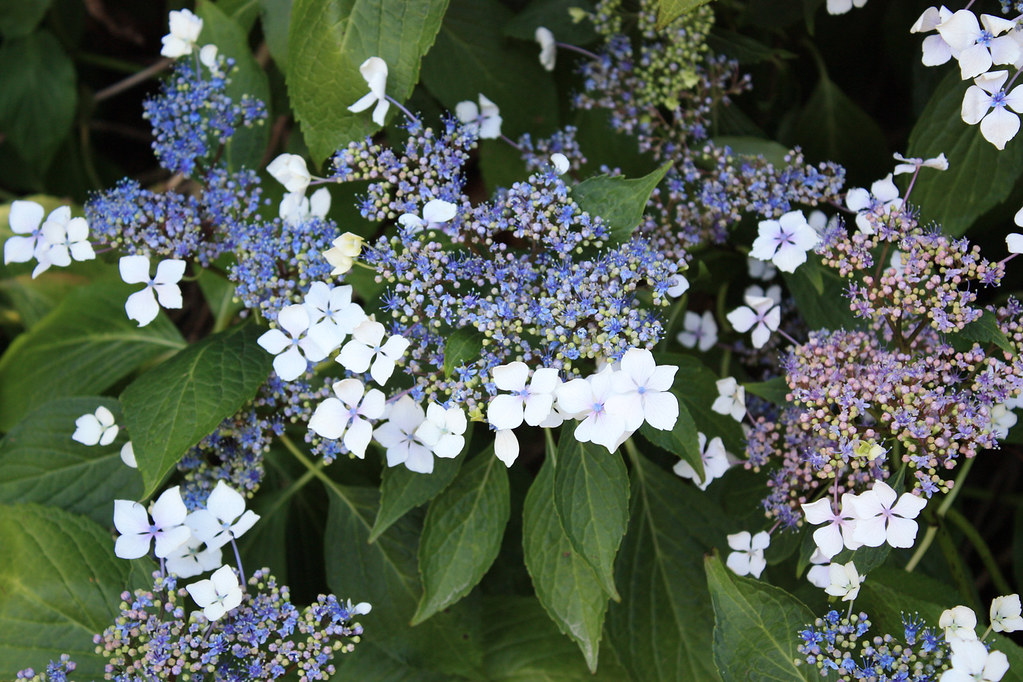
Let’s learn about what features set this hydrangea variety apart from all the rest. These are the features to look for when trying to identify a Panicle Hydrangea:
- This hydrangea variety grows between 8 to 15 feet tall and 6 to 12 feet wide
- This hydrangea variety produces blossoms in late summer
- This hydrangea variety produces cone-shaped flowers
- This hydrangea variety produces flowers that are initially colored white or light green but slowly turn to pink and then brown just before winter
- This hydrangea variety grows leaves that are green, oval, and toothed around their edges
Varieties of Panicle Hydrangea
There are several different varieties of Panicle Hydrangea available. This makes it easy for every gardener to select the right type for their garden and their gardening style. Let’s look at some of the most popular varieties.
Bobo Hydrangea
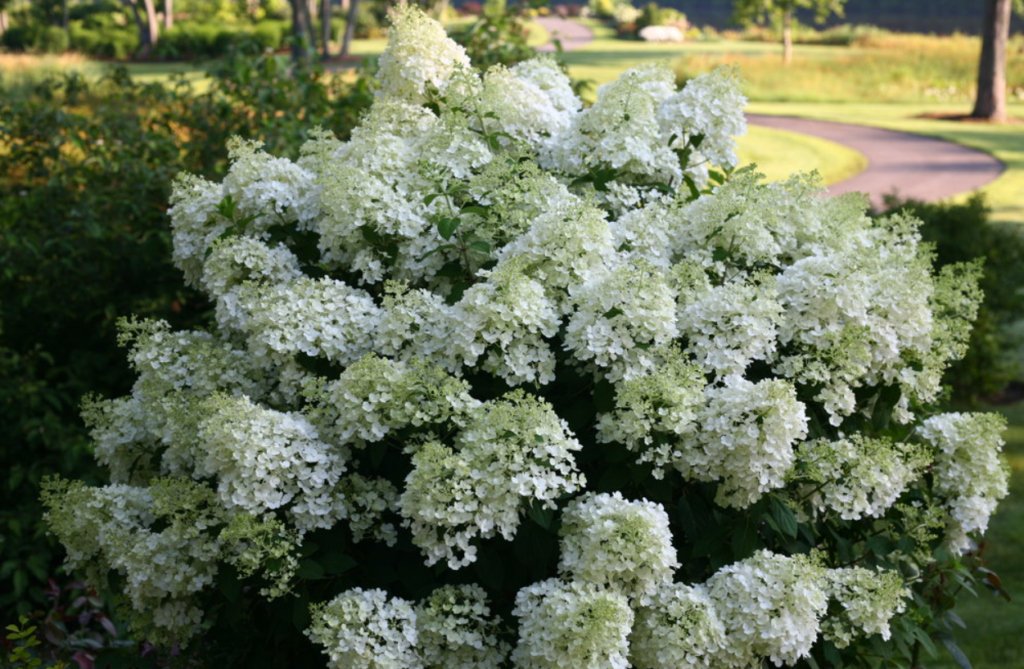
This is a dwarf variety that can grow in almost any type of soil. It produces bunches of tiny white flowers that will slowly turn pink throughout the summer and autumn seasons.
Fire Light Tidbit
This hydrangea grows very large (between 5 & 6 feet tall and wide). It is so hardy that it is capable of growing strong and healthy even when neglected.
Grandiflora Hydrangea
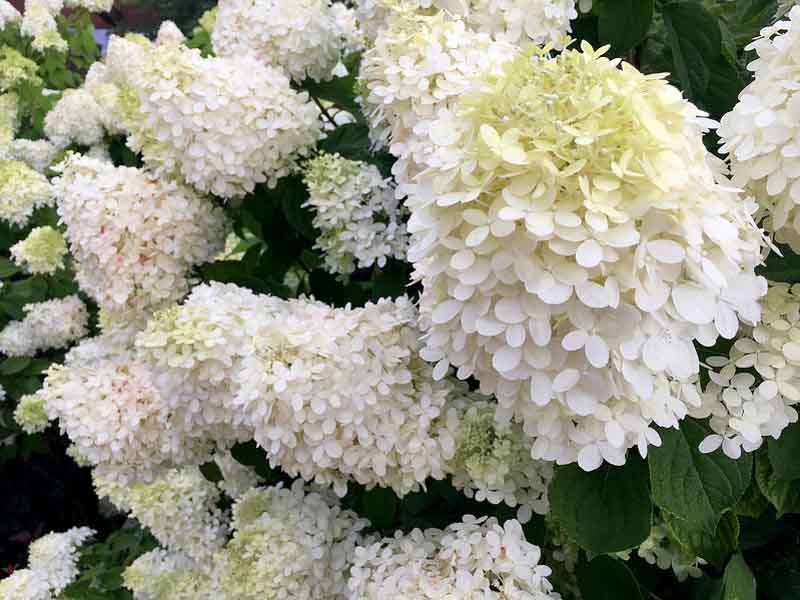
This is an extremely large hydrangea variety. It can spread out to ten feet wide and reach up to 25 feet tall.
Limelight Hydrangea
Growing up to 8 feet tall and 8 feet wide, this hydrangea variety is one of the largest. It is a very popular variety because it produces beautiful blossoms, is very sturdy, and is able to tolerate many different climates and weather conditions.
Little Lime Hydrangea
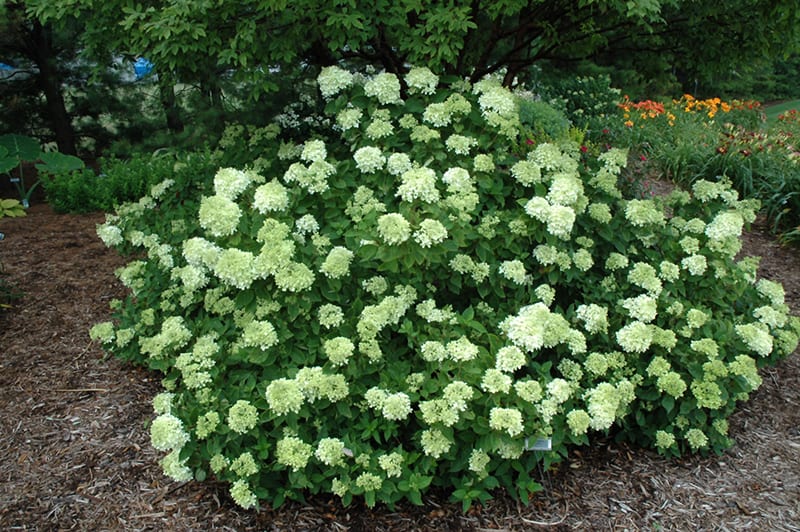
This is another dwarf hydrangea variety that grows up to 5 feet tall and wide. It is a hybrid of Limelight Hydrangea, and consequently, it has a lot of commonalities with it.
Little Quick Fire Hydrangea
As a dwarf hydrangea variety, Little Quick Fire is quick to produce blossoms every year. It typically starts growing its delicate flowers a month before other varieties.
Quick Fire Hydrangea

This is the larger version of Little Quick Fire Hydrangea. It also produces blossoms early in the season.
Moon Dance Hydrangea
This variety is another large hydrangea plant. It can grow up to 8 feet tall and 5 feet wide. It produces lovely conical-shaped clusters of flowers.
Zinfin Doll Hydrangea
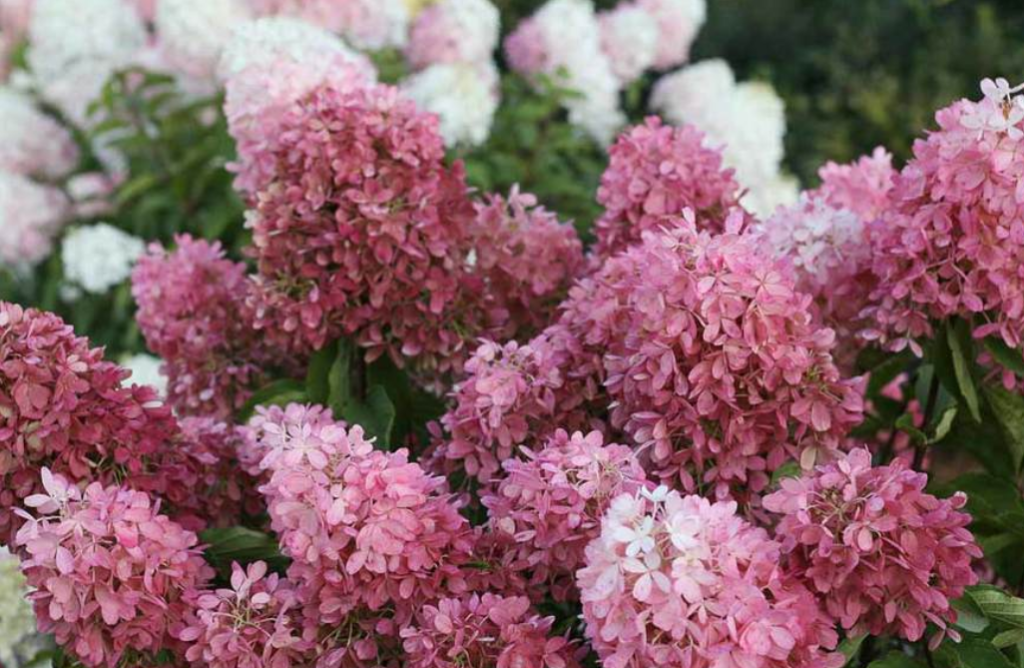
This is a large variety that can grow up to eight feet tall and wide. Its blossoms are unique in that they start out white, turn pink during early summer, and slowly turn to dark pink during late summer and early autumn. The blossoms also last a really long time.
How to Plant Panicle Hydrangea
It is very important to know what type of home environment this plant requires for healthy growth. When it comes to Panicle hydrangeas, selecting a ground plot, plant container, and soil may be the most important aspect of its care. This is because these plants need a home that will give access to the natural resources they require to grow and blossom.
Don’t forget to check which USDA Hardiness Zone you live in because this is essential information for deciding how and where to place your Hydrangea plant. Remember that these plants are hardy only in zones 3 to 8. If you do not live in this range, you should keep your hydrangea in a container that can be transported indoors when the weather is not appropriate.
Ground Plot
Any variety of hydrangea can be planted in the ground as long as you take into consideration the growing zone where you live and the soil in your yard. When you look for a ground plot for your new Panicle Hydrangea plant, keep these requirements in mind:
- Look for a ground plot that has access to the morning sun
- Look for a ground plot that has shade during the afternoon
- Look for a ground plot that is not directly under a tree (trees will compete with it for water)
- Look for a ground plot that is protected from high wind
- Look for a ground plot that has soil that can be adjusted to drain off excess water
- Look for a ground plot with plenty of space (hydrangeas should be planted 3 to 8 away from other plants depending on the variety)
- Dig a hole in the selected ground plot that is twice as wide as the pot the hydrangea comes in and just as deep as the soil in the pot
Plant Container

When it comes to keeping a hydrangea plant in a container, it is best to choose a dwarf variety. Once you have selected your preferred variety, keep these other requirements in mind:
- Look for a container with drainage holes in its bottom
- Look for a container that is large so that the plant will have room to grow
Soil Conditions
Hydrangea plants of every variety require soil that drains off excess water and is full of organic matter. If you intend to grow a healthy Hydrangea plant, you need to make sure your soil is suitable for the plant. Fortunately, you can adjust the soil you have in preparation to meet the needs of these plants. Here are a few tips for doing this:
Acidic & Alkaline Soil
Hydrangeas are capable of growing in all types of pH levels but prefer acidic to neutral levels.
Clay Soil
Since this type of soil tends to hold water, it should be removed from the ground and replaced with compost or manure. These types of organic matter will feed the plant while allowing excess water to drain off.
Sandy Soil
Since this type of soil does not retain water well or contain enough nutrients on its own, it should be mixed with compost and manure. When these three elements are together, they provide plants with nutrients and drain off excess water.
Espoma Organic Garden Soil
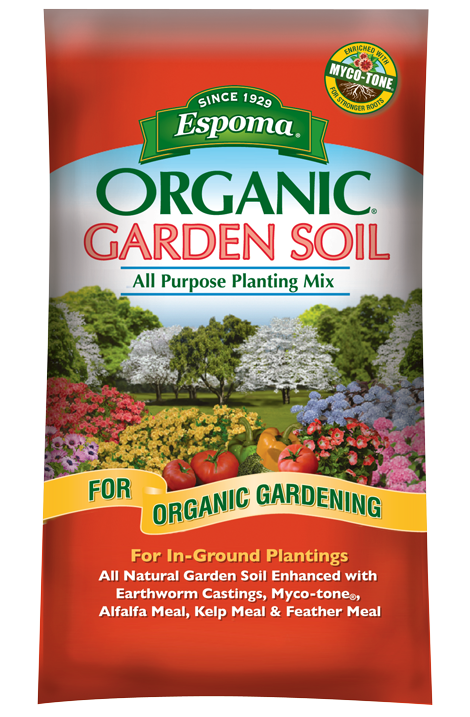
This garden soil mix will meet all the needs of any hydrangea plant variety.
How to Care for Panicle Hydrangea
Now that you have an idea of where to plant and how to plant a Panicle Hydrangea, it is essential that you learn the basics of how to care for one as well. We are going to keep things simple so you are not overwhelmed with information but we will also be sure to include everything that needs to be presented for proper plant care.
Fertilizer
Every type of hydrangea can benefit from feeding throughout the year, but they all require different amounts at different times. When it comes to Panicle Hydrangea varieties, they should be fed in spring, mid-summer, and fall. Here’s how:
Spring Feeding
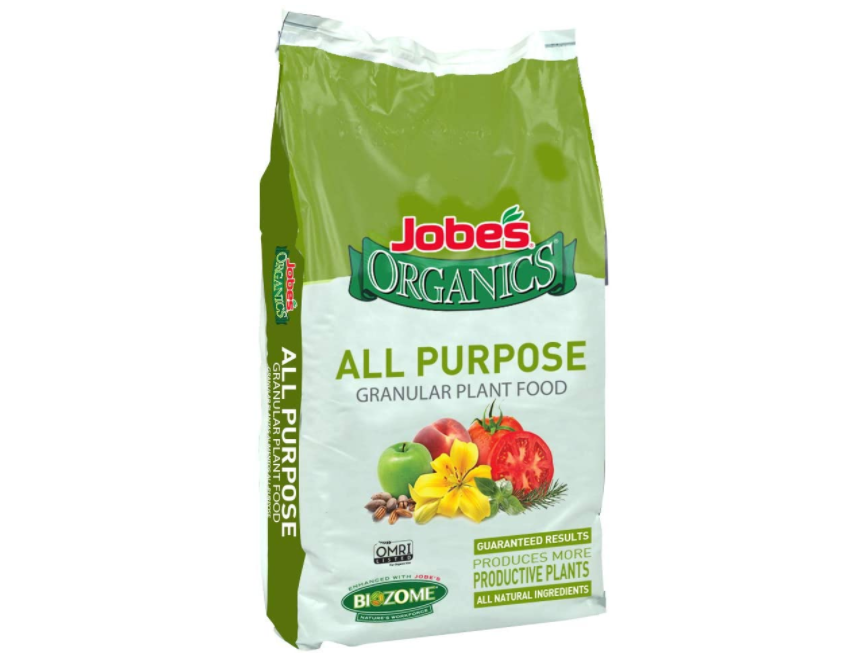
Use a balanced fertilizer that is both organic and slow-release. This feeding is intended to bring the plant out of its winter dormancy. Jobe’s Organic Granular Fertilizer is an excellent option to use for this feeding.
Summer Feeding
This feeding should is meant to boost the growth and development of the plant’s blossoms during its growing season. Apply a layer of compost to provide this boost.
Fall Feeding
This feeding should be similar to the spring feeding. It should be given to the plant after the flowers are fading in color.
Water
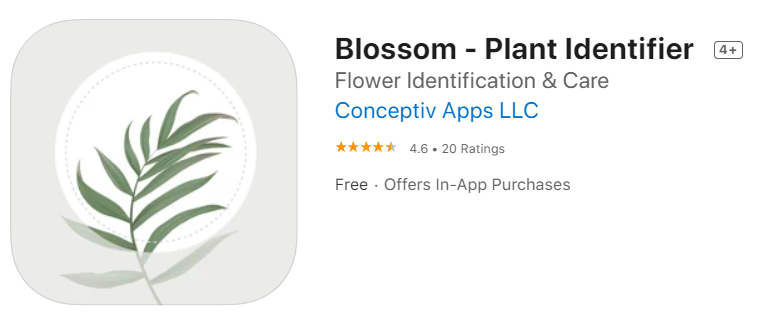
Water is the key to a healthy plant. If a plant is not watered properly, it is more susceptible to disease and pest infestations. If you can learn how to properly water your Hydrangeas, you will hardly have any issues to treat. Here are some tips for how to water a Panicle Hydrangea:
- Water the hydrangea thoroughly
- Water the hydrangea when its leaves begin to wilt
- Water the hydrangea when its soil begins to dry
- Water with a soaker hose to ensure that the soil is thoroughly soaked but the leaves do not get wet
Note: A great way to make sure all your plants are properly watered is to use a plant watering app. Here are a few app options to help answer all your plant watering quandaries:
Sunlight
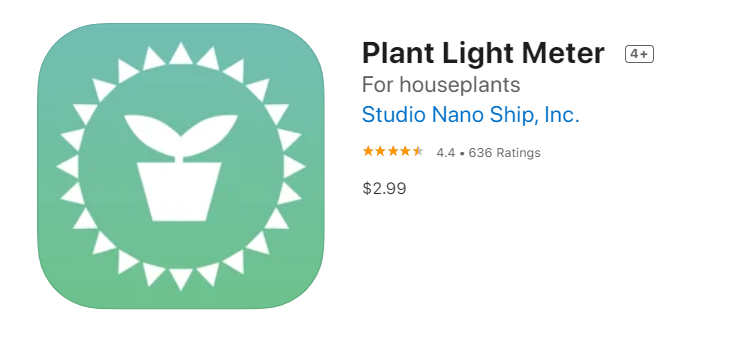
These plants need a lot of filtered or full sun every morning, but not during the afternoon. While hydrangeas can grow in shady conditions, they don’t bloom as well, and this is the main reason for growing one of these plants.
Different growing zones will require different amounts of sunlight, so let’s look at those in more detail.
- Plants in zones 3 to 6 can deal with six or more hours of direct sunlight. If the plant’s leaves begin to dry out and wilt, consider providing it with some shade.
- Plants in zone 7 to 9 should be set in an area with access to filtered or full sunlight in the morning and shade in the afternoon.
If you need help figuring out if your plant is set in the appropriate amount of sunlight, try either the Sun Seeker or the Sun Surveyor apps to determine where the sun will be and when. For indoor areas, try using the Plant Light Meter app to determine if you have the best lighting setup.
Pruning
Hydrangeas thrive on pruning. They will produce more blossoms and be sturdier when they are pruned annually. Plus, pruning can help to train the plant to grow as a small tree. Since these plants produce blossoms on new wood, it is best to prune them in late winter or early spring.
Pruning is also a great time to propagate some new plants. It’s a really simple process. The steps are as follows:
- Use a sterile pair of cutting shears to cut off a healthy stem that includes several leaves and nodes.
- Clip off the bottom leaves and cut the top leaves in half.
- Dip the bottom of the stem in a rooting hormone
- Set the cutting into a container filled with moist potting soil
- Cover the container with plastic to hold in moisture
- Set the container in a warm place
- Water the soil regularly but allow excess water to drain out
- Transfer the cutting to a permanent location when new growth appears
FAQs
Answer: Yes, these plants are available at many online shops. The following are shops that have great reviews and great products ready for purchase.
Plant Addicts
Fast Growing Trees
Planting Tree
Answer: Most of the pests and diseases faced by hydrangeas are preventable and treatable. Here are a few of the most prominent problems these plants can face and how the problem should be treated:
Aphids – This insect infestation looks like tiny globular bugs clustered onto leaves and stems. Symptoms of this type of infestation are:
• Leaves that are yellowing
• Leaves that are growing crooked
• Leaves that have had their growth stunted
• Black and sticky residue on the plant
• Honeydew trails on the plant
The most effective way to deal with an infestation of aphids is to introduce predatory insects into your garden and naturally get rid of the ants. Ants feed on aphids and for this reason, they will fight to protect aphids from predatory insects such as ladybugs and lacewings. If you can introduce predatory insects into your garden while removing the ants, you may succeed in ridding your plants of aphids as well.
Leaf Spot Fungus – This fungal infection attacks the tissue of leaves and causes them to lose their good looks. This will go away when the leaves fall off the plant in autumn and can be prevented from coming back by clearing out the fallen leaves, avoiding spraying the leaves with water, and trimming back stems to provide more airflow throughout the branches of the plant.
Spider Mites – Symptoms of this type of insect infestation are:
• Leaves that have yellow, white, or tan spots on them
• Leaves that have tiny red or white spots that move around on them
• Leaves that have a cotton-like webbing covering their undersides
The most effective and natural way to deal with an infestation of spider mites is to introduce predatory insects into your garden. Predatory insects include ladybugs and parasitic mites. Other ways to deal with this type of infestation are to apply insecticidal oil or neem oil to the plants.
Yellow Leaves – This is a typical symptom of overwatering a plant. Try reducing the amount of water you give the plant and allow its soil to dry out a little more before watering it again.
Answer: While you might notice that some wildlife will stop by to munch on your hydrangea bushes, they are actually toxic to humans and pets. If possible, keep these plants away from small children and your animals to prevent harm.
Final Thoughts
Panicle Hydrangeas are clearly wonderful plants to grow for beauty and as a cathartic hobby. They offer a chance to beautify your backyard with little to no hassle. They also offer a chance to showcase your creativity and share it with friends and family.
I really hope this article has alleviated any concerns you have had about growing hydrangeas and has inspired you to try it for yourself. I also hope this article has articulated that these beautiful plants are not fussy and are perfectly suited for gardeners of every skill level.
Do you have questions about other types of plants or gardening equipment? Look no further than Jardin HQ for answers to all your gardening issues. We have resources on everything from fruit and vegetables to garden equipment.

